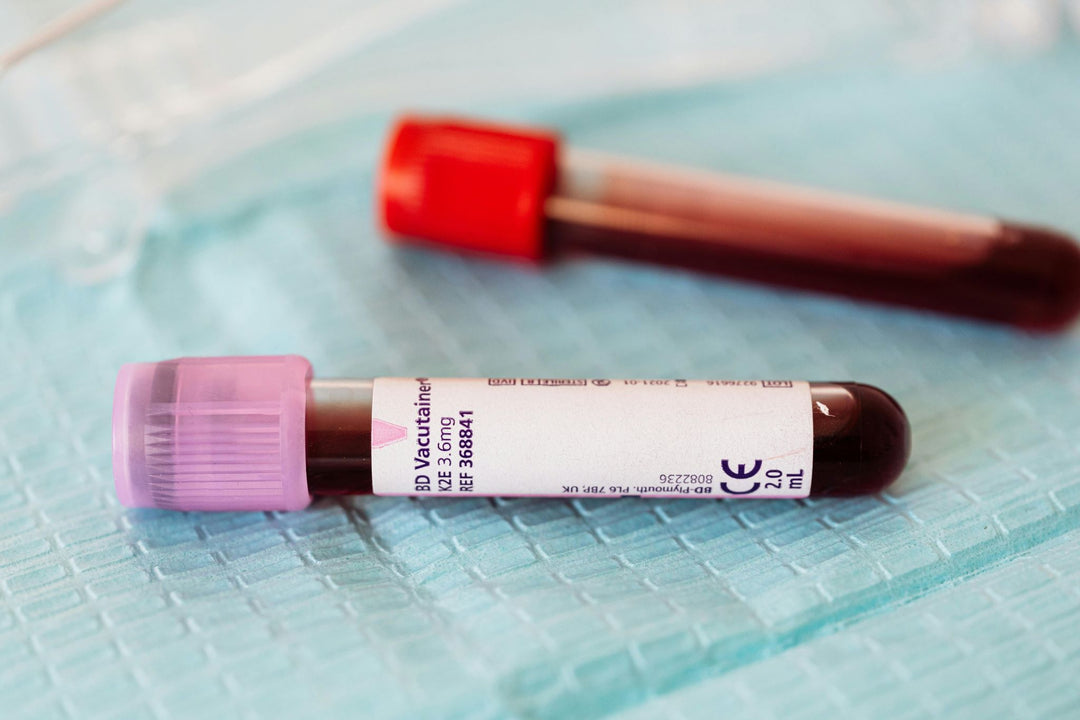Ureaplasma urealyticum & Ureaplasma parvum – Was du wissen solltest
Ureaplasma urealyticum and Ureaplasma parvum are bacteria belonging to the family of Ureaplasmas. These microorganisms are commonly found in the genital tracts of both men and women and can occasionally cause infections, particularly affecting men.
Ureaplasmas – Natural Residents of the Genital Tract
Ureaplasmas are microscopic bacteria that naturally inhabit the mucous membranes of the urogenital tract. Typically, they do not cause problems and remain asymptomatic. However, under certain conditions such as a weakened immune system or changes in vaginal pH, an overgrowth of Ureaplasmas can occur, leading to infections.
Diagnosis of Ureaplasma
Infections The diagnosis of a Ureaplasma infection often involves a urine test or swab to check for the presence of bacteria. In some cases, Ureaplasmas can be detected through PCR tests, which are highly specific. This initial assessment can be done at home. However, if a test is positive, consulting a doctor is essential.
Treatment of Ureaplasma Infections
The treatment of Ureaplasma infections depends on various factors, including the specific bacterial strain (Ureaplasma urealyticum or Ureaplasma parvum) and the severity of symptoms. Typically, antibiotics are prescribed to eliminate the bacteria. Erythromycin is an example of an antibiotic that can be used to treat Ureaplasma infections. The therapy may vary depending on the bacterial strain, emphasizing the importance of an accurate diagnosis.
Specific Therapy for Ureaplasma parvum and Ureaplasma urealyticum
The treatment for Ureaplasma parvum and Ureaplasma urealyticum is similar in men. The goal of therapy is to eliminate the bacteria and alleviate possible symptoms such as burning during urination, discharge, or genital pain. Completing the prescribed antibiotic course is crucial, even if symptoms subside, to ensure the complete eradication of bacteria.
In addition to conventional treatment, there are naturopathic approaches that can support the relief of Ureaplasma infections. Some individuals rely on lactic acid-containing preparations to restore the acidic environment in the genital tract and inhibit the growth of harmful bacteria. However, in the case of persistent or severe symptoms, it is always advisable to consult a doctor for the proper medical treatment.
The Right Diagnosis and Treatment
Overall, Ureaplasma infections are generally well treatable, especially when detected early. If symptoms such as unusual discharge, pain, or burning occur, seeking prompt medical advice is crucial. Accurate diagnosis and adherence to the prescribed therapy are key to successfully managing these infections.



















